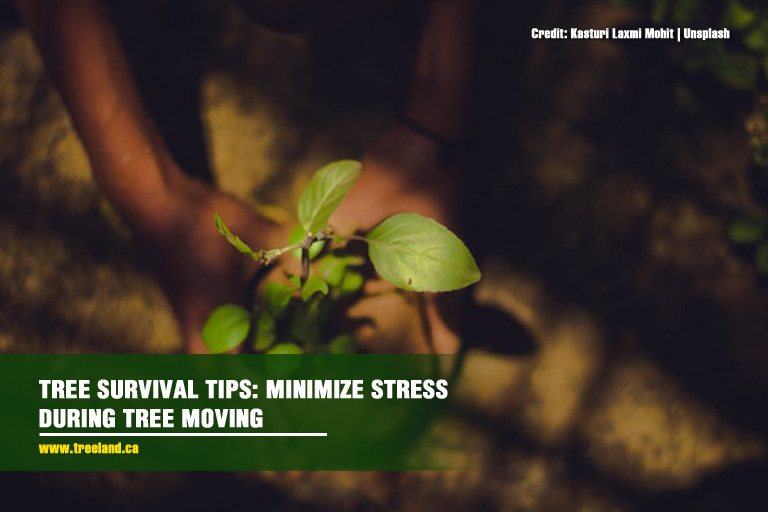
As someone with a green thumb, you may have come across this problem: you want to keep your green friend alive, but it’s not in the right place. Maybe the tree is growing into your driveway and blocking your car’s entry. Maybe it simply has outgrown its pot, container, or allocated plot of land. Here’s how you can ensure that your green friend is safe during tree transplant.
It’s not difficult to remove and transplant most small trees, shrubs, and climbing plants to a better space. Small, young plants, from less than a year to 5 years old, can be moved with ease, but deeply rooted, mature plants prove to be tricky. If tree moving is not done well, the plant may not reestablish, unable to recover from the shock and stress of the transplant.
Best Times to Do a Tree Transplant
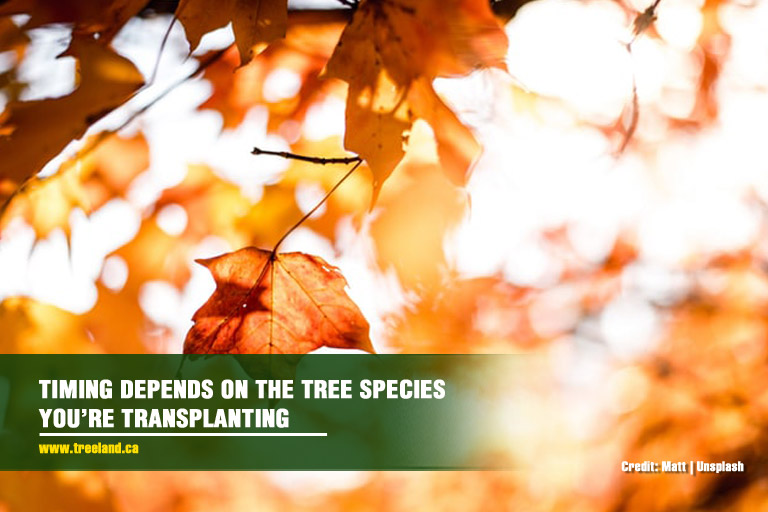
The ideal time to transplant deciduous plants (trees and shrubs that shed leaves seasonally) is during the dormant season when their leaves have been shed. This usually happens from late October or November to February.
Meanwhile, evergreen plants (trees and shrubs which, as their name suggests, have green leaves all year long) are ideally moved in October or late March. The warm soil during these months will encourage their roots to reestablish fast.
Preparation
To avoid shock and minimize stress, plants, regardless of their age, must be prepared before transplant.
Young Plants
If possible, prune the stems and top growth of your plant before digging and moving. Pruning 1/3 to 1/2 of the said parts will lessen the stress to the plant’s roots and help it reestablish successfully.
On the day before tree moving, water the area around the plant sufficiently so that the roots are completely moisturized and less likely to dry out during transport.
Mature Plants
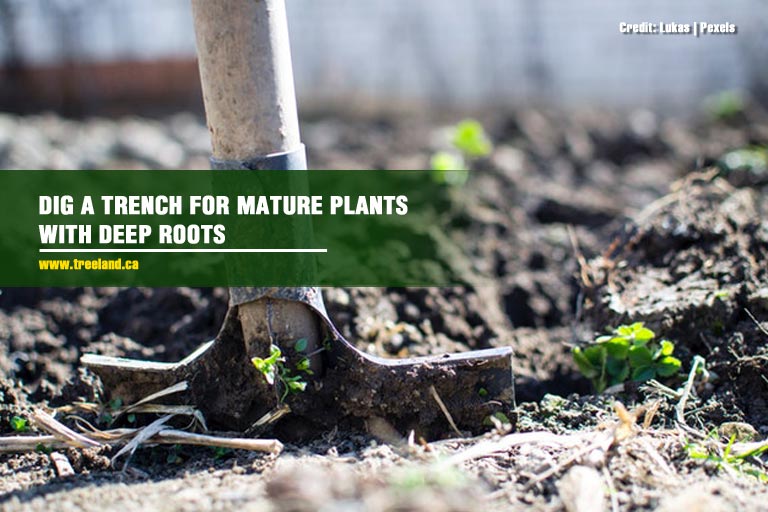
Deeply rooted, mature plants must be prepared a year in advance before moving so they can reestablish well.
On any day from November to February, make a circular trench around the tree as wide as a spade’s handle and as deep as 1 or 2 spade handles. Keep the perimeter of the trench in line with the outline of the tree’s branches.
Fill the trench with sharp sand to promote the growth of fibrous roots, which will hasten the plant’s acclimation after it’s been moved.
Temporary Storage Site
Choose a site where you will temporarily place your tree before it is replanted. Make sure that it has the following:
- Shade
- Water to maintain the roots’ moisture
- Sufficient ventilation
- Cover from drying windsRemove featured image
Tree Removal General Guidelines
1. Prepare the hole where your tree will be relocated. It should be as wide as the tree’s assumed root spread with a margin of 30 to 45 centimetres or 12 to 18 inches. Remove some soil from the bottom of the hole, and replace it with bulky, sufficiently rotted organic materials.
2. When you are done preparing the new hole, dig up the biggest root ball (solid mass of earth and roots under the tree) you or you and your helpers can handle and transport. It is best to make the root ball as wide as the breadth of the tree’s branches.
3. When replanting the tree, make sure that the root ball is more or less at the same level as it was before. Mix more organic material and bonemeal (fertilizer made of crushed or ground bone) to the previously excavated soil. The soil around the root ball should only be an inch or so more than it was originally. Keep pressing the soil around the root ball as you go along, making sure that it is firm.
4. Place stakes for trees or tall shrubs to keep the plant stable as the roots re-establish themselves.
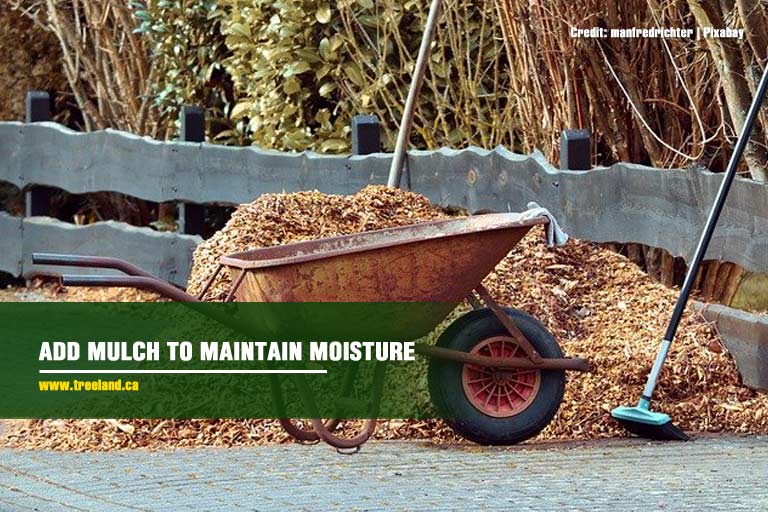
5. Don’t forget to water the plant regularly within the year after moving, especially during long, dry periods. Add mulch (straw, bark, sawdust, compost, paper, etc.) to the soil to protect the roots from extreme temperatures and to maintain moisture.
What to Avoid
During transport, especially over long distances, your trees can be exposed to several stressors:
- Excessive sunlight and heat
- Dryness if the roots don’t have enough protection or cover
- Mishandling
When the tree is stressed, a good portion of its energy that should go to growing and adjusting in their new environment is instead channelled to repairing the damage done during transport. The plant has a limited supply of energy-giving carbohydrates reserved in its roots and stems. So be careful in using up this energy storage, and make sure that most of it is used in acclimating to its new home.
How to Protect Trees from Damage in Transit
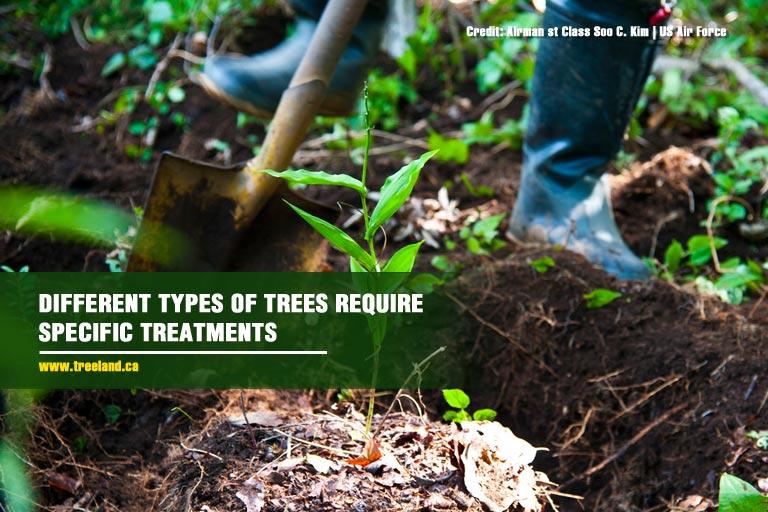
Different types of trees require unique treatment during tree moving:
Bare Root Trees
Bare root trees are plants that have been dug up during their dormant phase. The roots are then washed free of earth and packed in moist-retaining material. If you purchased a bare root tree, ideally, it should be planted within 2 days of arrival.
For bare-root trees, use a closed van or a vehicle covered with a tarp. Cover the roots with wet straw and other materials that preserve moisture.
Balled and Burlapped and Wire Basket Trees
Some trees cannot survive bare-root transplants. This is where the balling and burlapping process comes in handy. The plant is dug up with its root ball intact and covered in a bag made of burlap, canvas, or other coarse fabrics.
Additionally, balled and burlapped trees may be placed in wire baskets to keep the root ball from falling apart.
For balled and burlapped and wire basket trees, use a closed van or a vehicle covered with a tarp to protect the tree from windburn (leaves curl up and become clawlike) and desiccation (drying out).
With all types of trees, keep fuel and other chemicals away from the plant during transport.
How to Properly Handle Trees in Transit
Bare-Root Trees
Keep the roots of bare-root trees covered, moist, and free from direct exposure to sun, frost, and wind. Gently handle bare-root trees by the trunk when unloading or moving the plant to a new location.
Container-Grown Trees
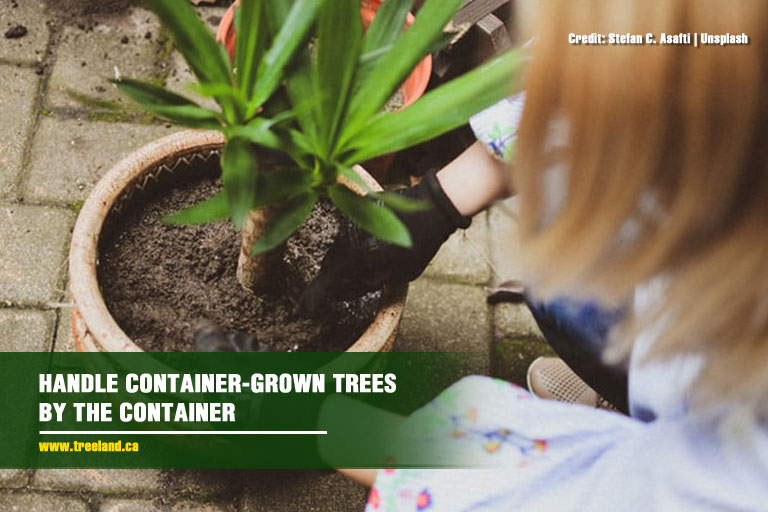
Container-grown trees are plants that have been cultivated in a pot or a similar enclosure. To lessen the risk of damage to this type of tree, handle it by the container, not the trunk.
Balled and Burlapped and Wire Basket Trees
Be careful to keep the root ball of balled and burlapped and wire basket trees compact. To keep the plant stable while moving, handle it by the bag and the trunk simultaneously. For trees that are too heavy to carry manually, lifting equipment is required. You may contact a tree moving service for this.
Throughout the process, be mindful not to cause any damage to stems and branches, especially with large wire basket trees.
Happy to help homeowners keep their yards lush and green, Caledon Treeland offers tree moving services in the Greater Toronto Area. We also have a wide variety of trees for purchase: maple, pine, spruce, and more. Whether you’re looking to add more greenery to your yard or you want to add another level of protection around your home, we’ve got you covered. Call us at (905) 880-1828, or email us at treeland@treeland.ca.
